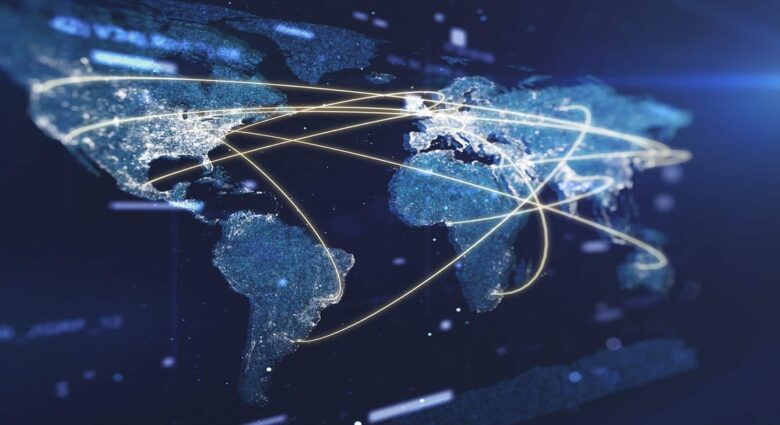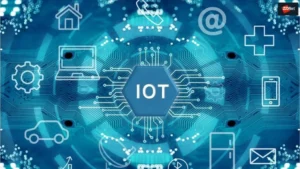In today’s rapidly changing world, digital connectivity has become a pillar of global progress, driving advances in education, healthcare, commerce, and social interaction. Nevertheless, billions of people remain unconnected, a phenomenon known as the digital connectivity divide. This divide is more than simply a lack of internet access; it reflects vast disparities in affordability, infrastructure, literacy, and opportunity.
As we envision a future driven by artificial intelligence, cloud computing, and smart technologies, bridging this gap has become a moral and economic imperative. Addressing global connectivity requires new policies, international cooperation, long-term investments, and technology-based solutions. More than just a problem, the digital divide represents a lost opportunity for communities, industries, and even entire countries. If we do not act now, the gap between the connected and the disconnected is likely to widen further. We must commit to a plan to permanently close the global digital divide for a more just, open, and prosperous future.
The Current State of Global Digital Connectivity
More than 2.6 billion people worldwide lack internet access. The majority live in rural areas of developing countries. Even in cities, affordable and high-quality services are difficult to find. While most people in developed countries have access to high-speed internet, many people without internet access in Africa, Asia, and Latin America rely on slow, unreliable, and expensive connections. This gap also extends to digital literacy, meaning many people don’t know how to use technology for work, study, or communication. To close the global digital connectivity gap, we must recognize that staying connected is no longer a luxury but a fundamental right.
Key Barriers to Global Digital Inclusion
Several factors exacerbate the digital divide, each of which must be systematically addressed. One of the biggest challenges is limited infrastructure, especially in rural and remote areas, where network deployment is difficult and expensive. Affordability is also crucial, as the cost of devices, data, and subscriptions in low-income countries is often prohibitive. Besides infrastructure and costs, regulatory challenges, a lack of competition, and insufficient investment further hinder development. Digital literacy is also crucial, as people without computer skills cannot fully utilize the internet’s potential. To overcome these challenges, governments, businesses, and international organizations must work together.
The Role of Technology in Closing the Connectivity Gap
New technologies provide individuals who are not yet online with innovative ways to connect. Satellite internet systems, including satellites in low-Earth orbit (LEO), bring high-speed connectivity to rural areas where building new infrastructure is difficult. Mobile broadband, particularly 5G networks, makes connectivity faster and more internet-dependent in both developed and developing countries. Community networks, Wi-Fi hotspots, and public access centers are also affordable options in areas with limited connectivity. By implementing these technologies, countries can overcome existing barriers and accelerate the growth of connectivity.
The Economic Impact of Global Digital Connectivity
Making the internet more accessible is not only a social responsibility; it can also transform economies. Research shows that in developing countries, every 10% increase in internet use can increase GDP by 2%. Digital connectivity helps small businesses access global markets, creates jobs, and fosters entrepreneurship. Connected communities also benefit from e-government services, online banking, distance learning, and telemedicine, all of which contribute to greater economic independence. By closing the digital divide, countries can unlock trillions of dollars in economic potential and improve the lives of billions of people.
Education and Digital Literacy as Inclusive Factors
Even when people have access to digital platforms, digital literacy remains a key factor in closing the gap. If people don’t know how to use digital platforms, they can’t fully utilize online opportunities. Governments and schools must expand digital literacy training in schools and adult education programs. Public-private partnerships can also offer free materials, workshops, and community learning centers to teach people how to use technology safely and effectively. Prioritizing digital literacy ensures that connectivity enables true participation in the digital economy.
Building a Sustainable and Inclusive Digital Future
Sustainability must always be at the heart of global connectivity planning. As demand for internet access increases, solutions must be environmentally friendly and accessible to all. This includes investments in environmentally friendly infrastructure, renewable energy grids, and green technologies. Achieving inclusion also requires that women, people with disabilities, and rural residents are not left behind. We can create a digital ecosystem that benefits everyone, not just the affluent, by enacting regulations that promote fairness and sustainability.
Conclusion
Closing the global digital connectivity gap is both complex and crucial. Billions of people remain offline, making it harder for them to access education, healthcare, and jobs and participate in society. But through new technologies, bold government policies, and international cooperation, we can truly connect the world. Closing this gap isn’t just about building; it’s about empowering people, improving communities, and ensuring equal opportunities for all in the digital age. Together, we can make the digital world better for everyone. A bright future requires us to be responsive, inclusive, and environmentally responsible. We all have a responsibility to create a more digitally inclusive world for future generations, and now is the time to take action.
FAQs
1. What is the digital connectivity divide?
The digital connectivity divide refers to the inequality in access to the internet and digital technologies between developed and developing countries, as well as between different social classes within a country.
2. Why is closing the digital divide so important?
Closing the digital divide is crucial for social equality, healthcare, education, and economic progress. Without action, the digital economy would leave billions of people behind.
3. Which technologies help close the gap?
Satellite internet, 5G networks, and public Wi-Fi projects all contribute to better global connectivity.
4. How can governments help close the connectivity gap?
Governments can invest in infrastructure, ensure fair regulations, promote collaboration between the public and private sectors, and prioritize digital literacy programs.
5. How can digital literacy help people connect?
Digital literacy means that people not only know how to use digital technologies but also know how to use them effectively. This makes connectivity more practical and important.




